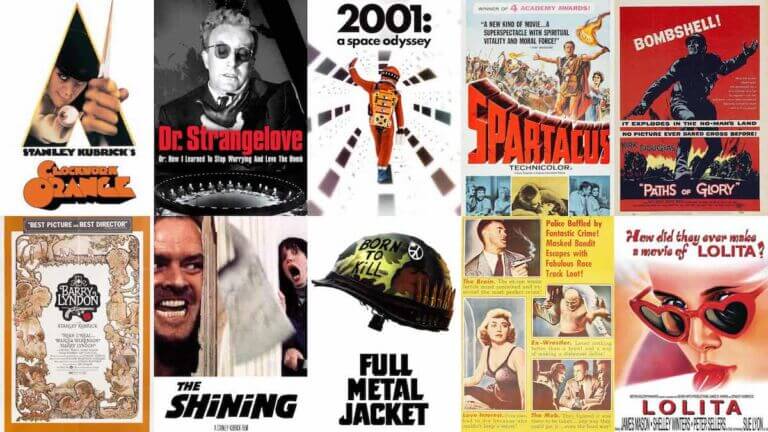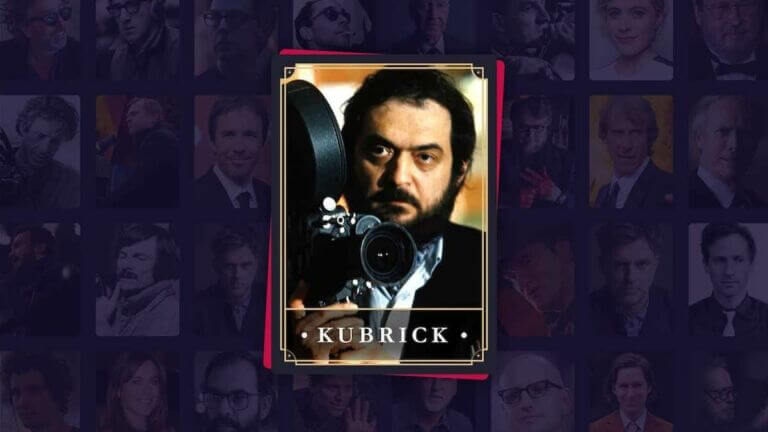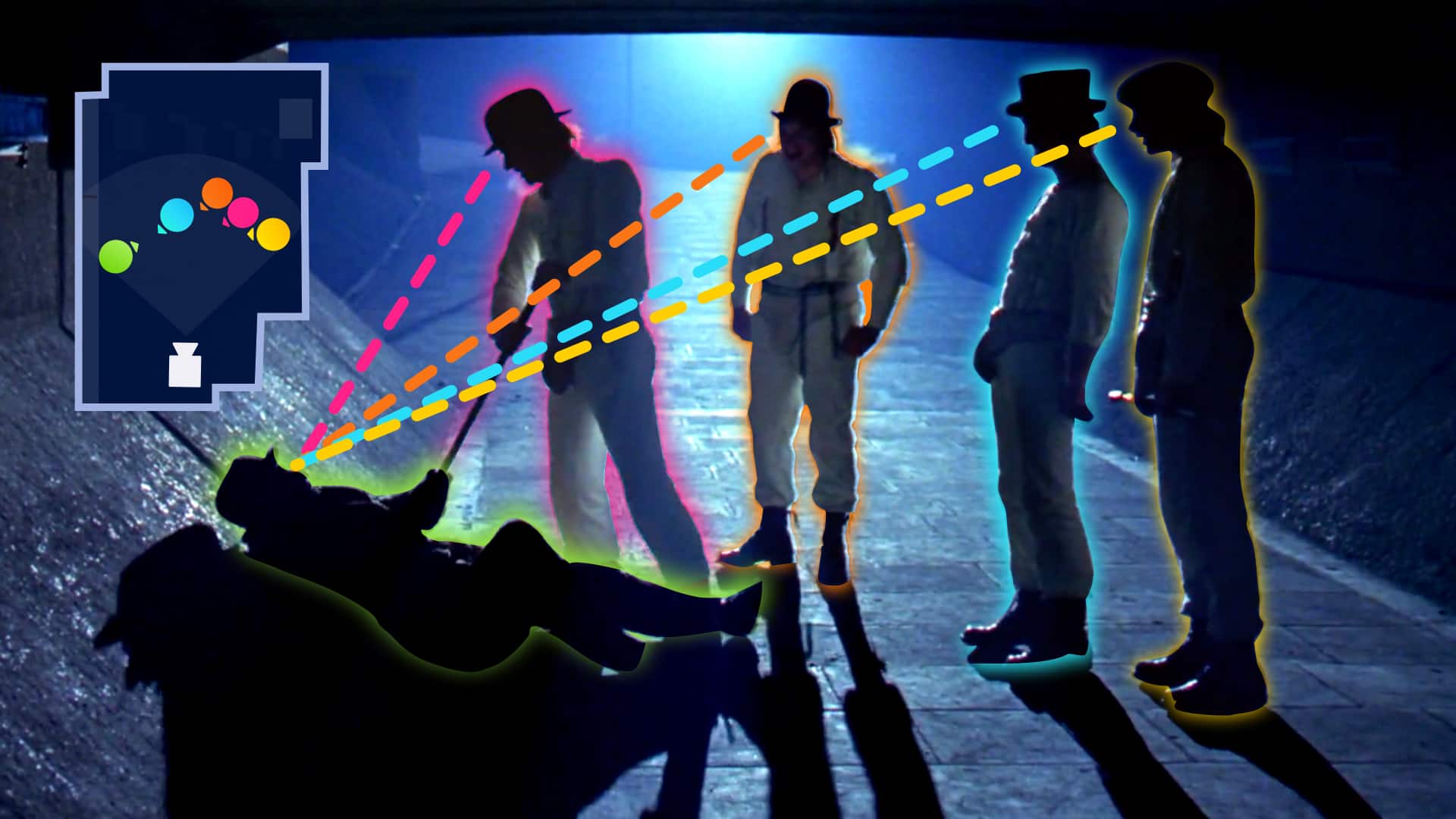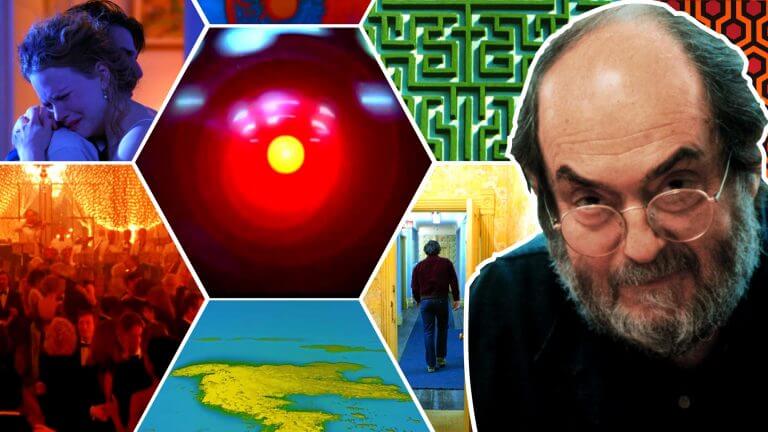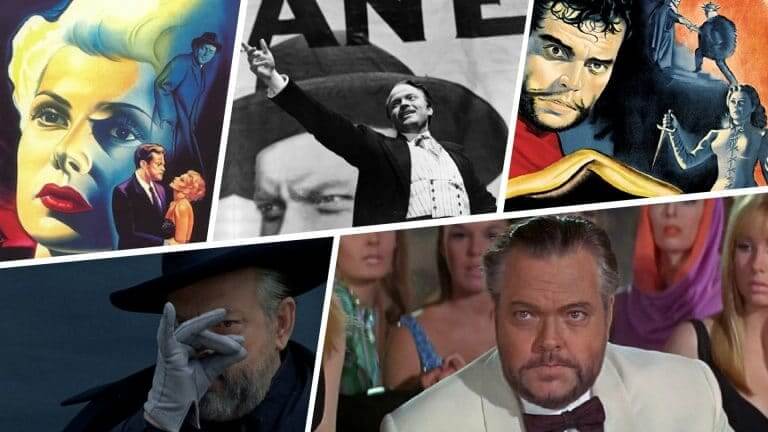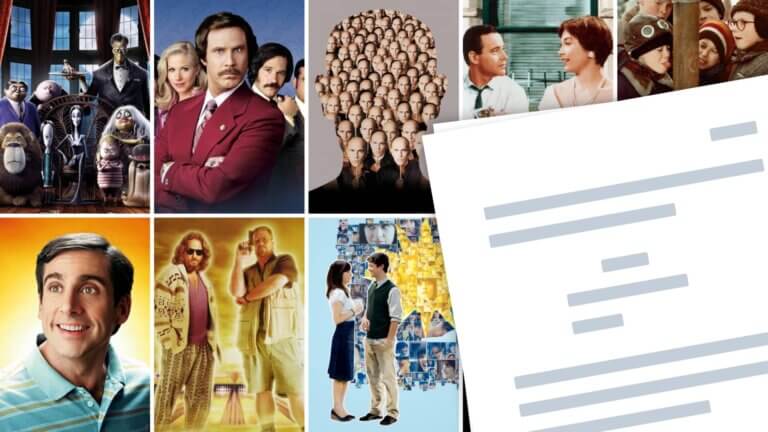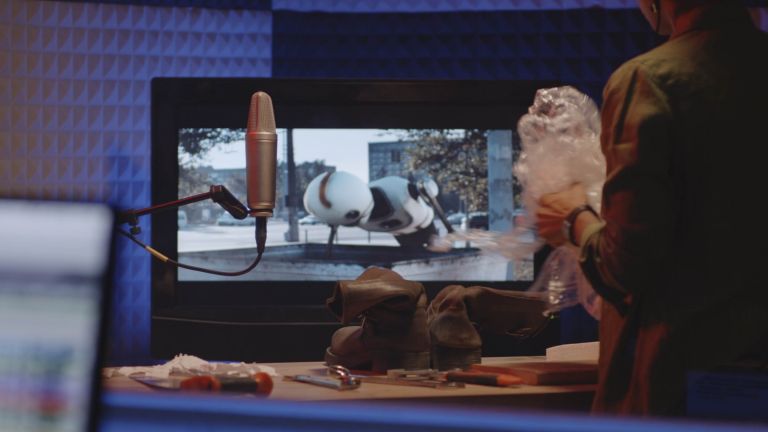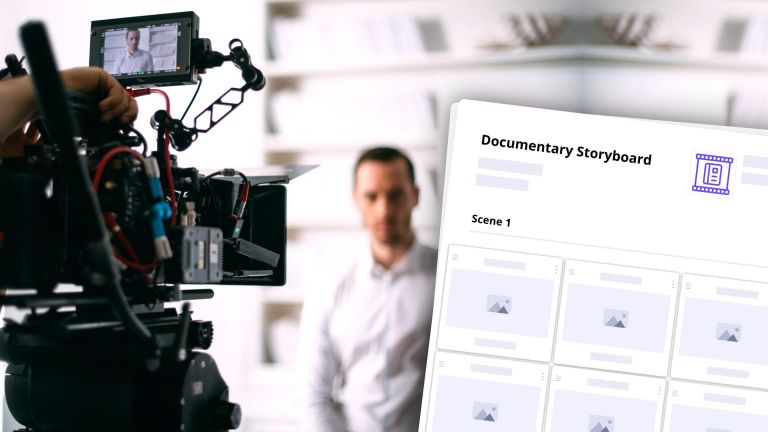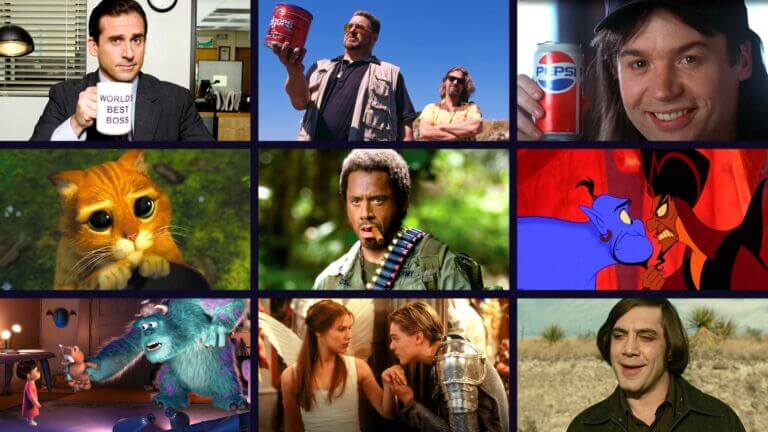There’s no doubt about it: Stanley Kubrick is one of the greatest filmmaking pioneers of all time. Stanley Kubrick was, in many ways, a perfectionist. As such, his filmography isn’t as expansive as those of his contemporaries. But for what Kubrick lacked in quantity he made up for in quality: Each film he directed was a product of detailed planning and masterful execution. Here, we’re going to rank the best Stanley Kubrick films based on these four criteria: acting, filmmaking, and story.Continue reading Best Stanley Kubrick Movies — 13 Masterpieces Ranked (and Video Essay)
The saying goes, “If you’re going to steal, steal from the best.” So, is Stanley Kubrick the best? For many filmmakers, the immediate answer is yes. The harder question is “why?” Like a great magician, we appreciate the end result without knowing how it was done. There is certainly a lot of “process” in his work. Kubrick doesn’t just conjure greatness out of the ether. The preparation, the details, the ability to take as much time on a project as he wanted. These elements can be seen, heard, and felt on the screen. Here we present the Stanley Kubrick directing…
Watching a scene is easy, but blocking and staging a scene effectively is a complex dance between actors and your camera. When deciding where to position your actors and your camera, you're essentially solving a puzzle — a puzzle with more than one solution.So, how is it done?In this post, we’re going to show you how three of the great directors in filmmaking history stage and block their scenes in a way that is profound, interesting, and ultimately cinematic. Lezgo.Continue reading Blocking and Staging a Scene like Spielberg, Kubrick, and Inarritu
Mise en scene plays a huge role in communicating the tone of a story -- but what is mise en scene? In classical terms, mise en scene is the arrangement of scenery and stage properties in a play or film. Today, mise en scene is regarded as all of the elements that go into any single shot of a production. Four of the most important aspects of mise en scene are: sets, props, costume/hair/makeup, and lighting. We’re going to show you how master filmmakers apply color to these four aspects of mise en scene with examples from films by Stanley…
A storyboard is a graphic layout that sequences illustrations and images to tell a story visually. It is the backbone of visual storytelling, helping filmmakers, marketers, and educators communicate their ideas clearly and effectively.Continue reading 46 Storyboard Examples from Movies, Animation, and Games (with FREE Storyboard Templates)
Orson Welles used to say “they’ll love me when I’m dead” — well at least that’s what his protege Peter Bogdanovich said. I suppose in some sense that perspective was well-warranted. Although Welles received a lot of acclaim during his life, particularly for writing, directing, and starring in Citizen Kane, he never got the respect many contemporary critics suppose he deserved. Welles’ career was plagued by studio censorship, personal vendettas, and a desire for perfectionism. But still, Welles endured making more than a dozen movies, as well as more than a dozen unfinished movies. We’re going to rank the Best…
Welcome to StudioBinder’s screenplay library, your go-to resource for the finest free comedy scripts. From cutting satires to raunchy farces, these iconic comedy scripts hold a myriad of valuable lessons for aspiring screenwriters. By studying the very best the genre has to offer on the page, comedy writers can learn how to tackle the challenge of keeping an audience laughing for two hours. Explore the best in comedy scripts and enjoy.Continue reading Best Free Comedy Scripts Online (PDF Downloads)
One of the main reasons I personally love cinema is because it transports me to a world outside of my own. One of the ways it does that best is by manipulating sounds. I don’t know about you, but when I open a door at home, it does not sound like it does in the movies. And my footsteps are not nearly as epic. Foley artists bring the most mundane tasks to life. So, what is a Foley artist and what do they do?Continue reading What is a Foley Artist — How to Bring Movies to Life with Sound
Shooting documentaries can be incredibly spontaneous. However, this does not mean that they do not require preparation to shoot. Creating a storyboard for a documentary is a great idea for various reasons. The process of storyboarding can help you curate the visual tone, style, and story of your documentary. In this article, we’ll dive into the reasons why storyboarding a documentary is a good idea and how to create a documentary storyboard for your project. Continue reading How to Create a Documentary Storyboard — Free Template
Irony is everywhere, both in art and in real life. Ironically, this can make it all the harder to spot. As one of the most misunderstood rhetorical devices, irony can remain elusive for even the most skilled artists and hawk-eyed audience members. In this article, we’ll lay out some of the best irony examples and explain what makes them work, and what makes them ironic.Continue reading Irony Examples — 3 Forms of Irony in Literature and Film
